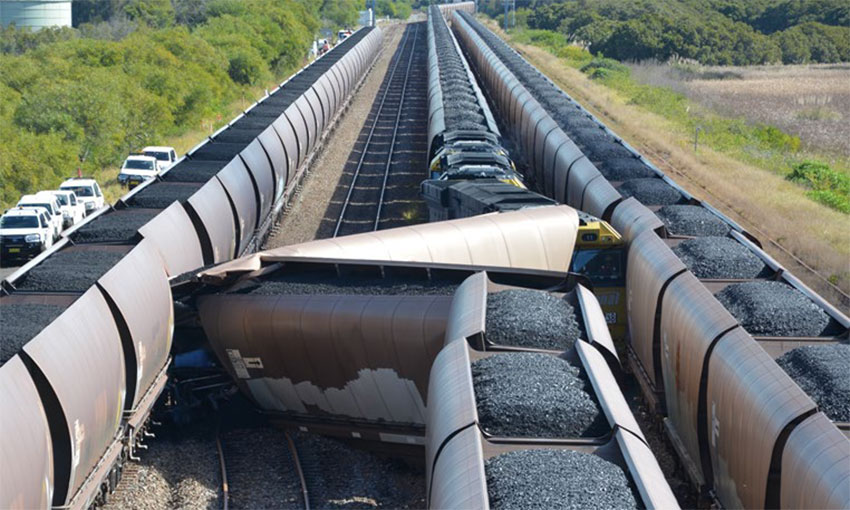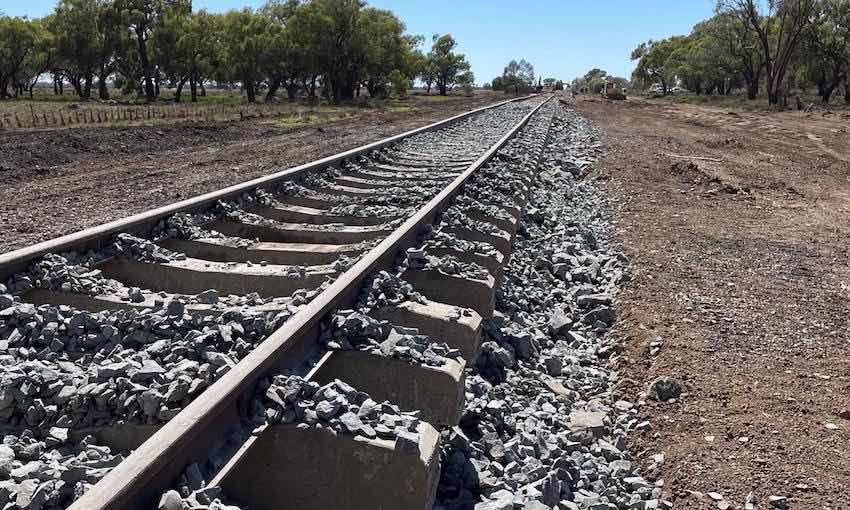IN the early morning of 29 July 2020 a loaded Pacific National coal train collided with the rear of a One Rail Australia coal train at the Kooragang Coal Terminal at the Port of Newcastle.
The collision derailed the last two wagons of the ORA train and the leading locomotive of the PN train. It also caused significant damage to the rail infrastructure. And also the derailed wagons also came into contact with two adjacent stationary trains, which sustained minor damage.
The driver of the derailed locomotive sustained minor injuries.
In an investigation, the Australian Transport Safety Bureau, working with the Office of Transport Safety Investigations (NSW), found the stationary ORA train was disabled due to several penalty brake applications associated with a fault in its electronic pneumatic brake system. The crew investigated the faults with a series of technical exercises, which put out the end-of-train light.
The crew of the ORA train were required to report the disablement of the train to the Kooragang Network Controller, but they failed to do so.
Because the controller was unaware that the ORA train was disabled, they allowed the PN train to proceed with caution along number 3 arrival road, where the disabled train was.
According to the ATSB report on the incident, the terminal area where the accident occurred was poorly light by artificial trackside lighting, and the fact that the end-of-train light was out on the ORA train reduced its visibility to other trains.
The report also found that light from an overhead gantry above the accident site may have caused “disabling glare” for the drivers of the PN train.
“These factors reduced the likelihood that the drivers of MB527 [the PN train] would have seen AH378 [the ORA train] in time to prevent a collision,” the report said.
“The crew’s expectations combined with glare from a nearby overhead signal gantry concealed the presence of AH378 until it was too late to avoid a collision.”





